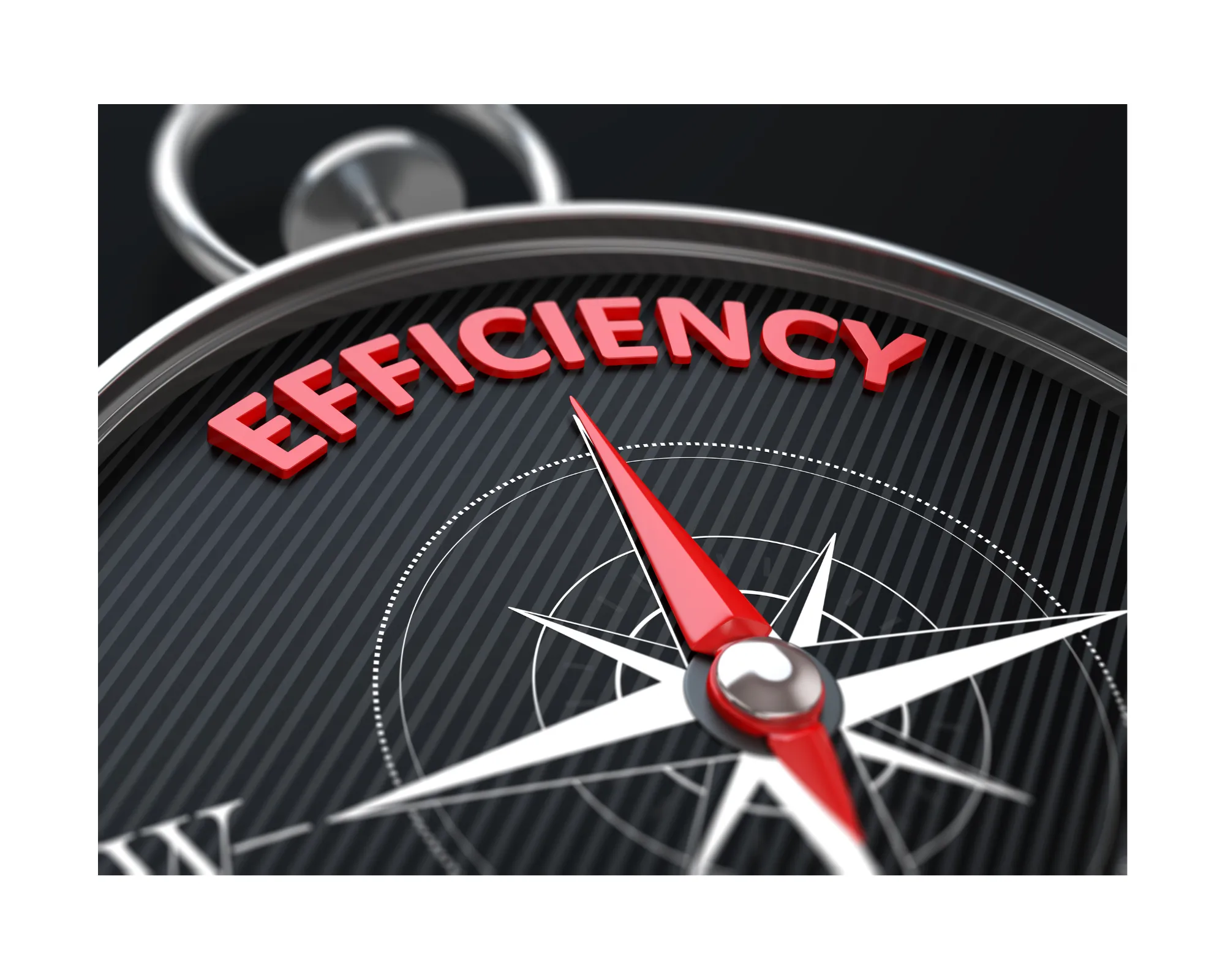
Marginal Analysis
The microeconomic analysis of decisions utilizes marginal analysis as an effective method for optimal decision making. Any decision-making process involves comparing the future impacts that will arise from each of the competing choices we face today. The process of marginal analysis recognizes the effects of small changes in the examination of the costs and benefits across these choices.
While we may use insights or data that we've gained from previous actions to inform our future decisions during optimal decision-making, such historical information fails to accurately inform us about the potential impacts of competing future choices. Using data that reflects the incremental future changes in benefits and costs that we will occur when selecting across choices is where the marginal analysis of economics really shines in making optimal decisions.
Making Decisions
When economic actors compare benefits across choices, they are best served by using information that is calculated "at the margin." This information is called marginal data and involves the examination of the additional benefits of an activity in relation to the additional costs of that activity. In other words, making marginal decisions involves comparing the incremental increase in benefits to the incremental increase in costs arising from making a choice. This marginal analysis of the costs and benefits reveals that choice with the highest net benefits.
In economic terms, an incremental increase in total benefits is called marginal benefit and an incremental increase in total costs is called marginal cost. The difference between the marginal benefit and marginal cost produced by an additional unit of activity is called the marginal net benefit. This is the essential concept of marginal analysis.
Applying Marginal Analysis in Personal Life
Economists use the term utility to reflect the level of a consumer's satisfaction or happiness derived from consuming a product or service. A rational consumer's objective is to maximize total utility given the consumer's available time and income. The additional satisfaction from consuming an additional unit is called the marginal utility, such as the marginal utility gained from eating an additional slice of pizza, or sleeping in for an additional hour.
Marginal analysis models how consumers compare the net marginal benefit that arises from each competing choice when making decisions. The net marginal benefit is the difference between the additional utility gained against the additional utility lost from forgoing the next best choice. The marginal utility lost from making a choice is called the marginal cost of making that particular choice.
For a simple example, imagine you are trying to decide whether to spend the next hour having lunch with a good friend or hitting the gym for a workout. You can use marginal analysis to compare the net marginal benefit across both options. One choice involves weighing the marginal utility of spending time with your friend against the associated costs of this choice. The marginal associated costs of opting for this choice includes paying for the meal and losing the marginal utility of working out at the gym for an hour. A second choice involves weighing the marginal utility of spending an hour at the gym against the marginal associated costs of using the gym facilities and missing the emotional benefits of sharing an hour with a good friend.
The option with the highest net marginal benefit would be the choice that generates the greatest additional utility, given the limited time and budget constraint that you have to pursue those competing choices. Indeed, when the consumer applies marginal analysis to all the different consumption decisions in life, this leads us to our first rule in marginal analysis:

The Efficient Allocation Rule
The efficient allocation rule states that each activity should be carried out until every competing unit of effort returns the same net marginal return.
This optimization rule derives from the reality that almost every activity worth pursuing produces diminishing marginal utility. That is, the marginal utility gained from an additional increase in an activity is smaller than the marginal utility gained from the last unit of that same activity.
As consumers, we pursue many consumption activities with our limited time and budget constraint. When we allocate all of our time and budget to pursue utility maximization, we may observe that the net marginal utility from one activity might be higher than that of another. For example, the net marginal utility might be higher from the last hour working out at the gym than it is from spending the last hour with a friend.
If we reduced the level of the one activity with a relatively lower net benefit (such as time spent with a friend), this will increase the marginal benefit of that activity. Reallocating the newly freed up time and budget to increase the level of the activity with a relatively higher net benefit (such as time working out at the gym) will lower the marginal benefit of that activity. As a result of this reallocation, the same time and budget spent produces gains in marginal benefits that exceed the marginal benefits lost, and our total utility increases. This advantage disappears when all activities produce the same net marginal utility.
This optimal result is true whether it employed in the pursuit of utility, or in the pursuit of profits (which is discussed below). Equating the net marginal utility across all of our activity levels assures us that we have achieved the highest possible utility given our available time and money.
Applying Marginal Analysis in Business
The act of marginal analysis also applies to optimizing the level of the activity in business. Just like a consumer tries to maximize utility, a company tries to identify the right level of production that maximizes profits. This requires identifying the marginal net benefit (profits) of pursuing an additional unit of production.
Consider that a company's profits from producing and selling a product in the market is the difference between total revenues earned and total costs incurred at each level of product supplied. The incremental increase in total revenues from selling an additional quantity is called marginal revenue. The incremental increase in total costs from producing an additional quantity is called marginal cost. Employing marginal analysis to the production decision process will ensure the company can pursue the highest marginal profit to achieve profit maximization.
For example, assume an new athletic shoe company is trying to determine the profit maximizing level of shoes to supply to a highly competitive shoe market. The going market price for a pair of shoes determines the marginal revenue that the company can earn for selling another lot of 100 shoes. The company faces increasing marginal costs of production, where producing an additional lot of 100 shoes is more costly than the previous lot of 100 already produced.
The company should continue to increase shoe output if the marginal cost of producing an additional lot of shoes is less than the marginal revenue received from selling that lot in the market. The sale of this additional lot of shoes would generate a positive marginal profit that would increase total company profits.
Conversely, the company should decrease shoe output if the marginal cost of producing the last lot of shoes was more than the marginal revenue received from selling that lot in the market. A reduction in product sales next period would decrease the negative marginal profit (reduce the incremental loss) and raise total company profits. This reality leads us to our second rule of optimization in marginal analysis:

The Equilibrium Rule of Marginal Analysis
The equilibrium rule states that productive activity of a company must be expanded until the marginal revenue from that additional activity equals the marginal cost.
When the marginal revenue earned from the last unit supplied to the market is equal to the marginal cost of producing and delivering that last unit to the market., a company's profit maximizing strategy is at a point of equilibrium. When this occurs, profits are then maximized and there is no motivation for the company to alter its chosen unit of effort in supplying the market.
However, this point of equilibrium could be disturbed and the profit-maximizing level of production altered if some pertinent variables in the company's decision process were changed. Examples include a price change in the market for the product, or if the value of cost changes in the company's production process.
The Limitations of Marginal Analysis
Employing marginal analysis to help make the right decision that optimize company profits or consumer utility appears to be a relatively simple process. However, while the concept is a valuable conceptual tool for guiding optimal decision-making, this analysis can be very difficult to implement in reality.
For example, a marketing manager will tell you that creating accurate measures of marginal production costs is challenging when trying to apply the equilibrium rule for optimizing company profits. The wages of assembly line employees and other factory workers providing "touch labor" during the production process can easily be directly attributed to the production costs of any specific company product. However, accurate marginal costs estimates require managers to also allocate the salary costs of administrative assistants, accountants, and members of the C-Suite across the multiple products that are made by the same company. What proportion of these indirect labor costs should be allocated across each competing product?
Further, the net marginal utility that is generated across multiple consumption activities can be internally evaluated by any individual consumer. While this allows the individual to follow the efficient allocation rule to maximize personal utility, it is not possible to apply this same comparison across different people to assure that a community is achieving the highest possible total utility from available resources. We each receive different levels of personal satisfaction or happiness from any one activity. However, the magnitude of that utility cannot be directly compared across individuals. Even comparing the willingness to pay across individuals to estimate marginal utility assumes that we all receive the same utility from the income we earn, which is not true.


